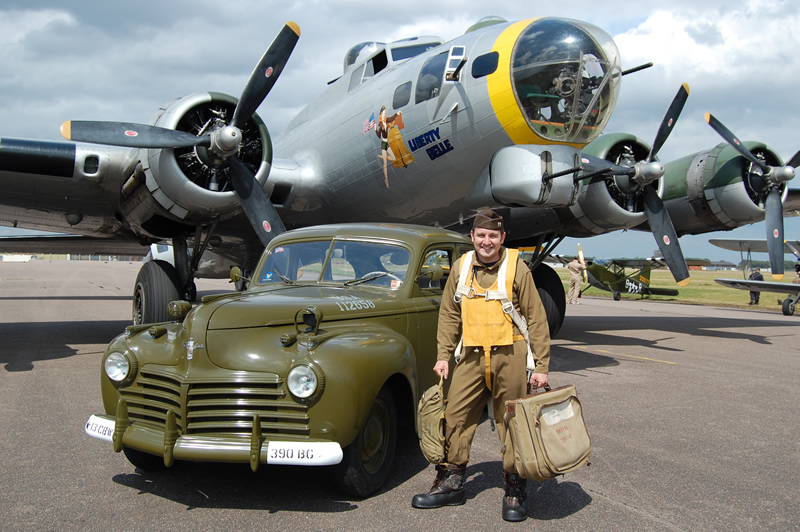The December 24th 1944 mission for the East Anglian based American Eighth Air Force was the largest Air Striking Force the world has ever seen – Over 2000 bomber aircraft and almost 1000 Fighter aircraft assembled in the skies over Eastern England, which represented some 20,000 young airmen in a vast aerial armada that stretched from horizon to horizon over 100 miles long! The world had never and has never seen the like of again. Every possible aircraft available was pressed into action for this maximum effort mission. Poor weather in the weeks leading up to this raid had prevented a sizeable attack being mounted against the German Army in the Ardenne region of Belgium and a window of opportunity in the weather was being capitalised upon.
I’m sure that some of my Facebook friends may silently question my frequent postings relating to Anniversary events from WWII and perhaps even question their relevance, all these many decades later. The reality is that, rightly or wrongly, I am very much immersed in this local wartime history and that even today (Christmas Eve), I feel the need to share the story of a wonderful wartime aviator and Commanding Officer who sadly lost his life 70 years ago today – Christmas Eve 1944. If you can spare a few moments out of your day, please read on and share this tale with your own FB friends……
Brigadier General Fredrick Castle who was based at Rougham Airfield, Bury St Edmunds, Suffolk had been off base the previous day visiting other units under his control as 4th Combat Wing Commanding Officer. He was a very committed, dedicated and well respected leader who when off duty, would choose to spend time visiting the many local historic sights and countryside in the region. He had a reputation for always opting to fly the tough missions with the men under his command and never sending anybody to a target he wasn’t prepared to go himself. A graduate of West Point, he came to England as a Captain in the infancy of Eighth AF operations and through sheer hard work, total commitment and respect, rose to the rank of Brigadier General and assumed command of the 4th Combat Wing in early December 1944. The picture shows him shortly after receiving his new rank badges at Rougham Airfield.
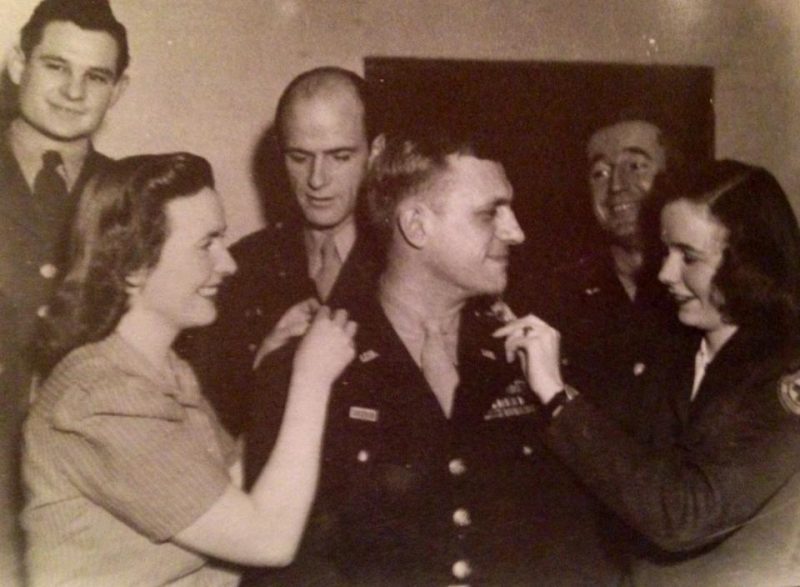
On the Eve of the mission, he return back to Rougham late in the evening and popped his head around the corner of the Operations room on his way to bed. The Officers present reported that the General looked exceptionally tired and fatigued from the immense stress he was under and they had already agreed before his return to only tell him details of the mission if directly asked. Always with an eye for detail, it didn’t take Castle many moments to learn that 4th Combat Wing were leading the entire 3rd Air Division on the mornings mission and 3rd Air Division were leading the whole Eighth Air Force! He told the officers present that flying the mission was what the Airforce were paying him for and that he would lead the Wing on the mission the next morning.
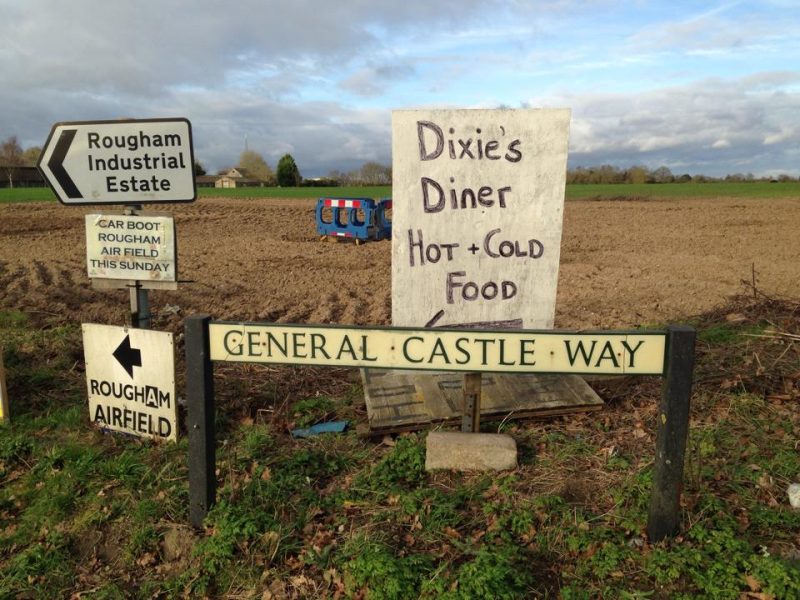
As the 487th Bomb Group based at nearby Lavenham Airfield were the lead group of the Wing, Castle had his driver transport him the 8 country miles along the frosty country lanes from his billet at Rougham to attending the Mission Briefing at Lavenham with the Lead Crew he would be flying with. A Lead Crew would always comprise of the best and most capable crew members from the entire Squadron for obvious reasons. The aircraft took off from Lavenham around 09:00 and flew to Orfordness on the Suffolk Coast where the many aircraft formated into Squadrons. These Squadrons then joined together to form Groups. These Groups then formed into Combat Wings, which then made up an Air Division. Once all three Air Divisions were in order, the entire Eighth Air Force then departed the coast and the largest amassed air armada the world had ever seen went into the history books.
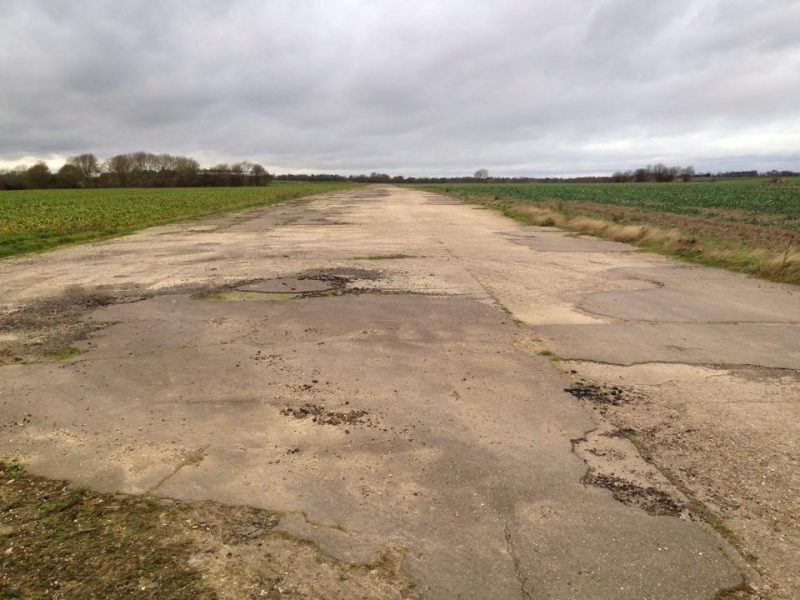
It was over Belgium that General Castle’s crew’s luck began to falter. With an engine already throwing oil and loosing power the Group were pounced upon by a surprise German Fighter attack from directly into the sun. As Lead Ship, Castle’s crew were the target and sustained head-on attacks resulted in a second engine knocked out and injured crewmen aboard. Unable to maintain the lead, Castle’s cool and controlled voice came over the radio, handing the lead position over to another aircraft. The aircraft dropped back and became a sitting duck having drifted out from the protection of the Group Formation. Another pass by enemy Fighters and the aircraft was sent into a dive from which the pilots managed to recover. Regaining control and lowering the undercarriage to slow the aircraft down to allow safe exit for the crew, Castle gave the order to abandon ship and bail out. Now alone on the Flight Deck, he held the Flying Fortress steady to allow the crew to exit. Before he could himself leave his position and escape the crippled aircraft, the wing tank exploded, sending the fuselage into an uncontrollable spin from 12,000 feet. The wreckage crashed into the snow covered ground close to a chateaux near Hods, Belgium. Castle’s body was recovered from the wreckage.
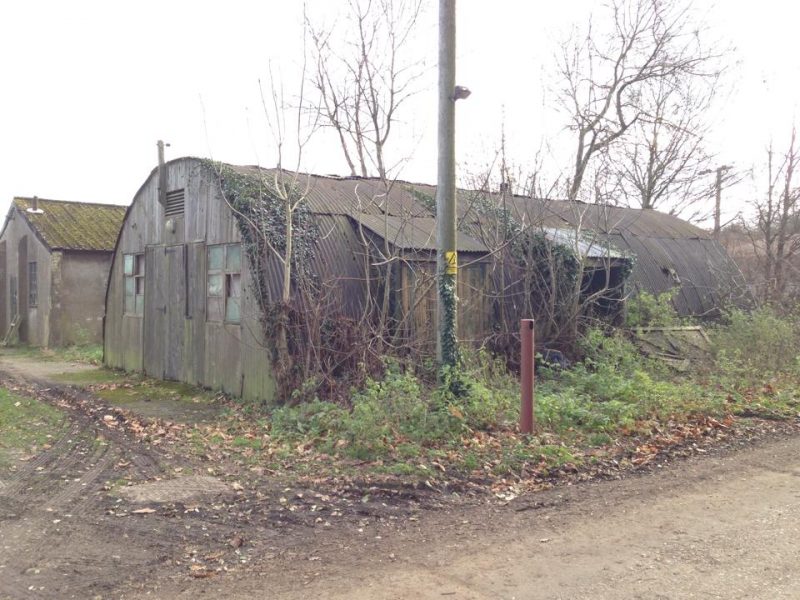
The pilot, the co-pilot (flying the mission in the tail gunners position), the radio operator who’s body was later discovered having bailed out without a parachute and General Castle all perished in the incident. Due to his selfless act in staying with the aircraft and giving his crew the best chances of survival, Fredrick Castle was awarded the Congressional Medal of Honour posthumously. By mid-afternoon 3000 aircraft were returning to England and the freezing fog had descended. All airfields East of Bury St Edmunds were closed and therefore aircraft had to land wherever they could find. At Rougham Aerodrome, the entire 91st BG from Bassingbourn and many other 1st Air Division bombers and fighters put down onto a totally overcrowded drome. A Group of RAF Lancaster’s experiencing the same problems also added to the drama. No sleeping or food provision was available for the hundreds of unexpected additional visitors at such bases and Mike Banta, pilot in the 91st BG and his crew, were one of the many combat crews who had to sleep in the aircraft on one of the coldest nights of the year. It was a Christmas that he and many thousands of other airmen would never forget
After the war Castle Air Force base in California was named in honour of the General who had sacrificed his life on Christmas Eve 1944. At Rougham, the new link road into the Industrial Estate is named in his honour and a portrait of General Castle was donated by the USAF to the town and hangs in the Guildhall.
It’s funny how things work out and yesterday not only was I working in Rougham but I also had to an appointment on the edge of Lavenham airfield. You probably think that I engineered this entire situation, but it’s the gods honest facts. It was windswept and baron on the old runway and looking at the concrete where Castle’s B17 had taken-off from seventy years ago was very thought provoking. I agree that this story is an unusual slant on Christmas Eve and thanks for sticking with me to the end. Additional information came from excellent books by Roger Freeman and Cliff Hall and Mike Banta
Clive Stevens
